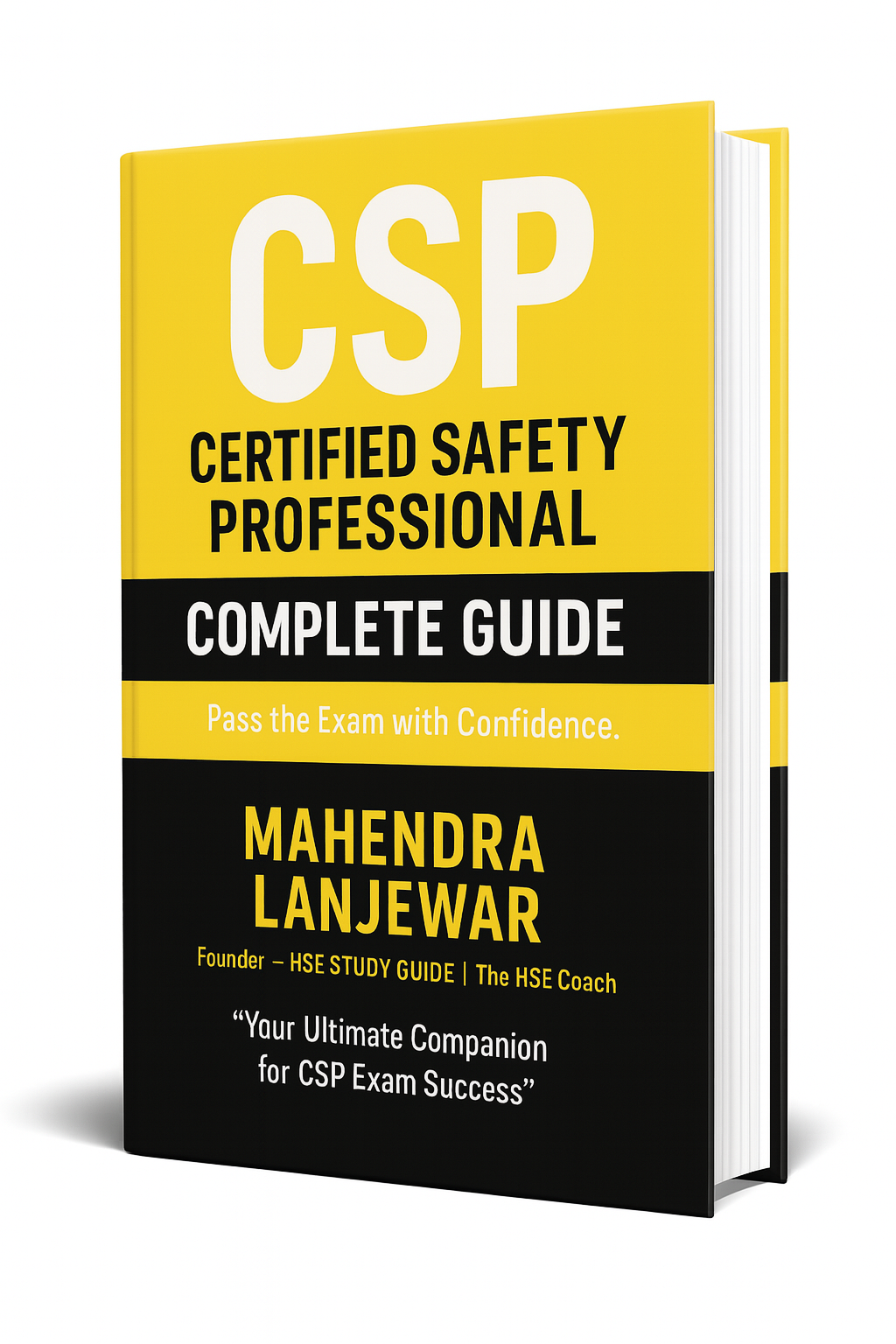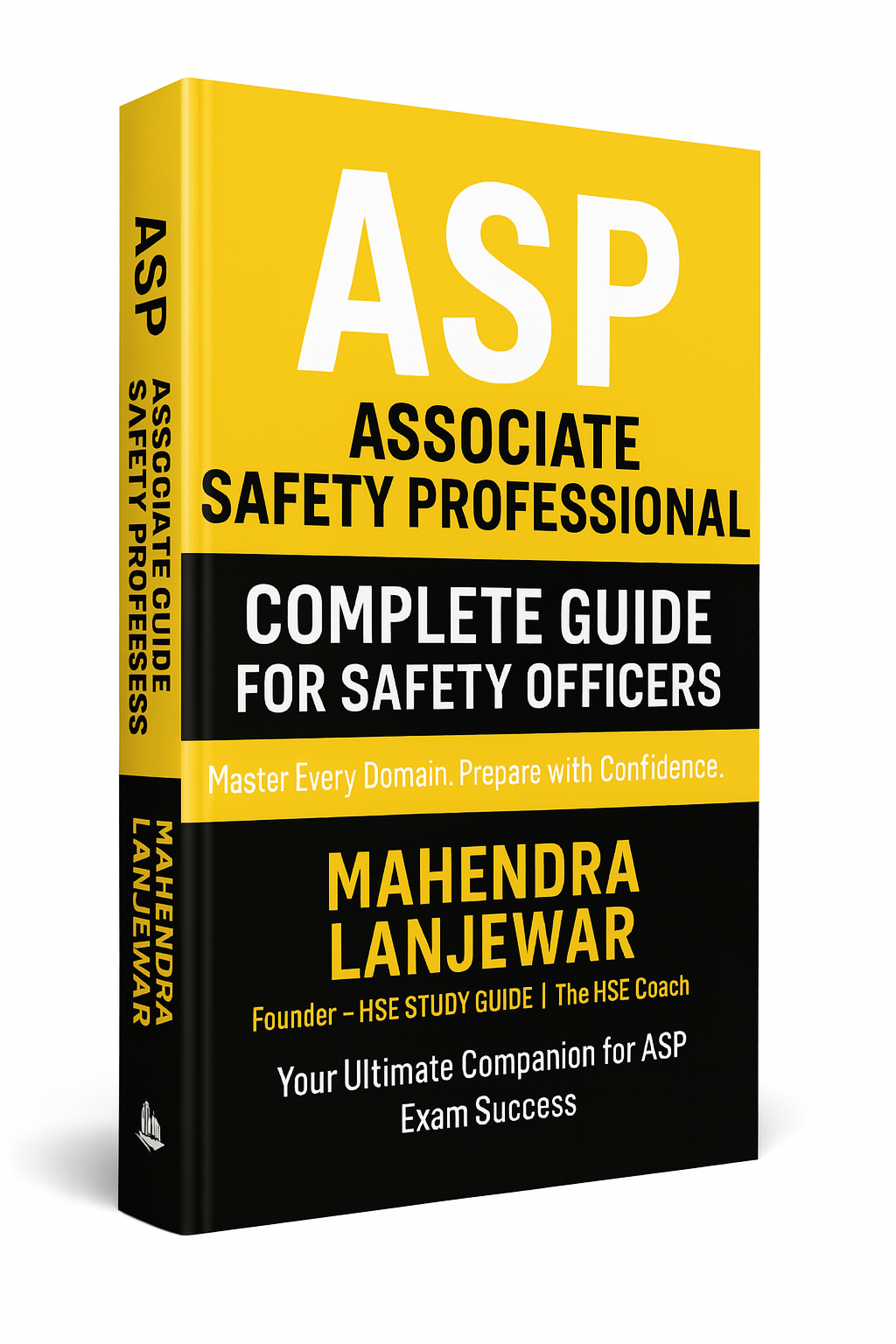
Construction Safety Ebook: Hazards and Control Measures – Free Download
Introduction
Safety in the construction industry is paramount. The inherent risks involved in construction work necessitate rigorous safety measures to protect workers and ensure smooth project completion. Our free Construction Safety Ebook, “Hazards and Control Measures,” provides comprehensive insights into maintaining a safe construction environment. Let’s explore the key elements covered in this essential guide.
Chapter 1: Understanding Construction Hazards
Common Hazards in Construction
Construction sites are fraught with various hazards. Understanding these risks is the first step toward effective safety management.
Physical Hazards
Physical hazards on construction sites can include:
- Falls: From heights due to scaffolding or ladder misuse.
- Struck-by Incidents: From falling objects or moving equipment.
- Electrical Hazards: From exposed wires or faulty electrical systems.
Environmental Hazards
Environmental factors also play a significant role in construction site safety:
- Weather Conditions: Rain, snow, and extreme heat can pose serious risks.
- Noise: Prolonged exposure to high noise levels can cause hearing loss.
- Dust and Fumes: Inhalation of harmful substances can lead to respiratory issues.
Importance of Identifying Hazards
Identifying and understanding these hazards is crucial for implementing appropriate control measures and ensuring worker safety.
Chapter 2: Safety Measures and Precautions
Personal Protective Equipment (PPE)
Using the right PPE is fundamental to construction safety.
Types of PPE for Construction Workers
- Helmets: To protect against head injuries.
- Gloves: To shield hands from cuts, burns, and chemicals.
- Safety Glasses: To protect eyes from debris and chemicals.
- Ear Protection: To prevent hearing damage from loud machinery.
- Safety Boots: To guard against foot injuries from heavy objects.
Safe Handling of Tools and Equipment
Proper handling of tools and equipment is essential for preventing accidents.
Tool Safety
- Inspection: Regularly check tools for wear and damage.
- Usage: Use tools according to manufacturer instructions.
- Storage: Store tools properly when not in use.
Equipment Maintenance
- Regular Maintenance: Perform routine checks and maintenance on all equipment.
- Training: Ensure workers are trained to use equipment safely.
Chapter 3: Safe Work Practices
Proper Use of Scaffolding and Ladders
Scaffolding and ladders are common sources of falls. Use them safely by:
- Securing Scaffolding: Ensure scaffolds are stable and secure.
- Inspecting Ladders: Check ladders for damage before use.
- Following Guidelines: Adhere to safety guidelines for height and weight limits.
Safe Lifting Techniques
Improper lifting can lead to serious injuries. Use these techniques:
- Bend at the Knees: Avoid bending at the waist.
- Keep Loads Close: Hold objects close to your body.
- Get Help: Use mechanical aids or get help for heavy loads.
Site Preparation and Cleanup
A well-prepared and clean site is a safe site:
- Clear Debris: Remove obstacles that can cause trips and falls.
- Organize Tools: Keep tools and materials organized.
- Mark Hazardous Areas: Use signage to indicate dangerous areas.
Chapter 4: Emergency Preparedness and Response
Importance of Emergency Plans
An effective emergency plan can save lives and reduce injury severity.
- Evacuation Routes: Clearly mark exits and escape paths.
- Communication: Establish protocols for alerting workers in an emergency.
First Aid on Construction Sites
Having first aid readily available is crucial.
- First Aid Kits: Ensure kits are well-stocked and accessible.
- Training: Train workers in basic first aid and CPR.
Fire Safety Measures
Fire hazards are a serious concern on construction sites.
- Fire Extinguishers: Ensure they are available and functional.
- No Smoking: Enforce no-smoking policies in hazardous areas.
- Flammable Materials: Store and handle flammable materials properly.
Chapter 5: Health and Ergonomics in Construction Work
Preventing Musculoskeletal Disorders
Repetitive motions and heavy lifting can lead to musculoskeletal disorders. Prevent these by:
- Stretching Exercises: Incorporate regular stretching routines.
- Proper Posture: Maintain good posture during work activities.
Ergonomic Tools and Workstations
Ergonomic considerations can reduce the risk of injury:
- Tool Design: Use tools designed to minimize strain.
- Workstation Setup: Arrange workstations to reduce bending and reaching.
Chapter 6: Training and Education
Importance of Continuous Training
Ongoing training ensures that workers stay informed about the latest safety practices.
Safety Training Programs for Construction Workers
Enroll in programs that cover:
- Hazard Recognition: Teach workers to identify and mitigate risks.
- First Aid and CPR: Prepare workers to handle emergencies.
- Equipment Use: Train workers on the safe operation of tools and machinery.
Chapter 7: Legal Regulations and Standards
OSHA Standards for Construction
Compliance with OSHA standards is essential for maintaining a safe work environment.
Understanding Local Safety Regulations
Different regions have specific safety regulations. Stay informed about:
- Building Codes: Adhere to local construction codes.
- Workplace Safety Laws: Follow local laws to avoid penalties.
Conclusion
Safety in construction is not optional—it’s essential. By following the guidelines and measures outlined in our free Construction Safety Ebook, you can create a safer working environment for yourself and your team. Don’t wait until an accident happens; download the ebook today and stay ahead in safety.
FAQs
What is the main focus of the Construction Safety Ebook?
The ebook focuses on identifying common hazards in construction and providing effective control measures to ensure a safe working environment.
How can I access the free Construction Safety Ebook?
You can download the ebook for free from our website. Just follow the link provided and fill in your details to get instant access.
Who should read this Construction Safety Ebook?
This ebook is ideal for construction workers, safety managers, project managers, and anyone involved in construction work.
What are some key safety tips mentioned in the Ebook?
Key tips include the use of PPE, proper handling of tools and materials, maintaining a clean work environment, and having an emergency response plan.
Why is continuous training important in construction safety?
Continuous training ensures that workers stay updated with the latest safety practices and regulations, reducing the risk of accidents and injuries.





















